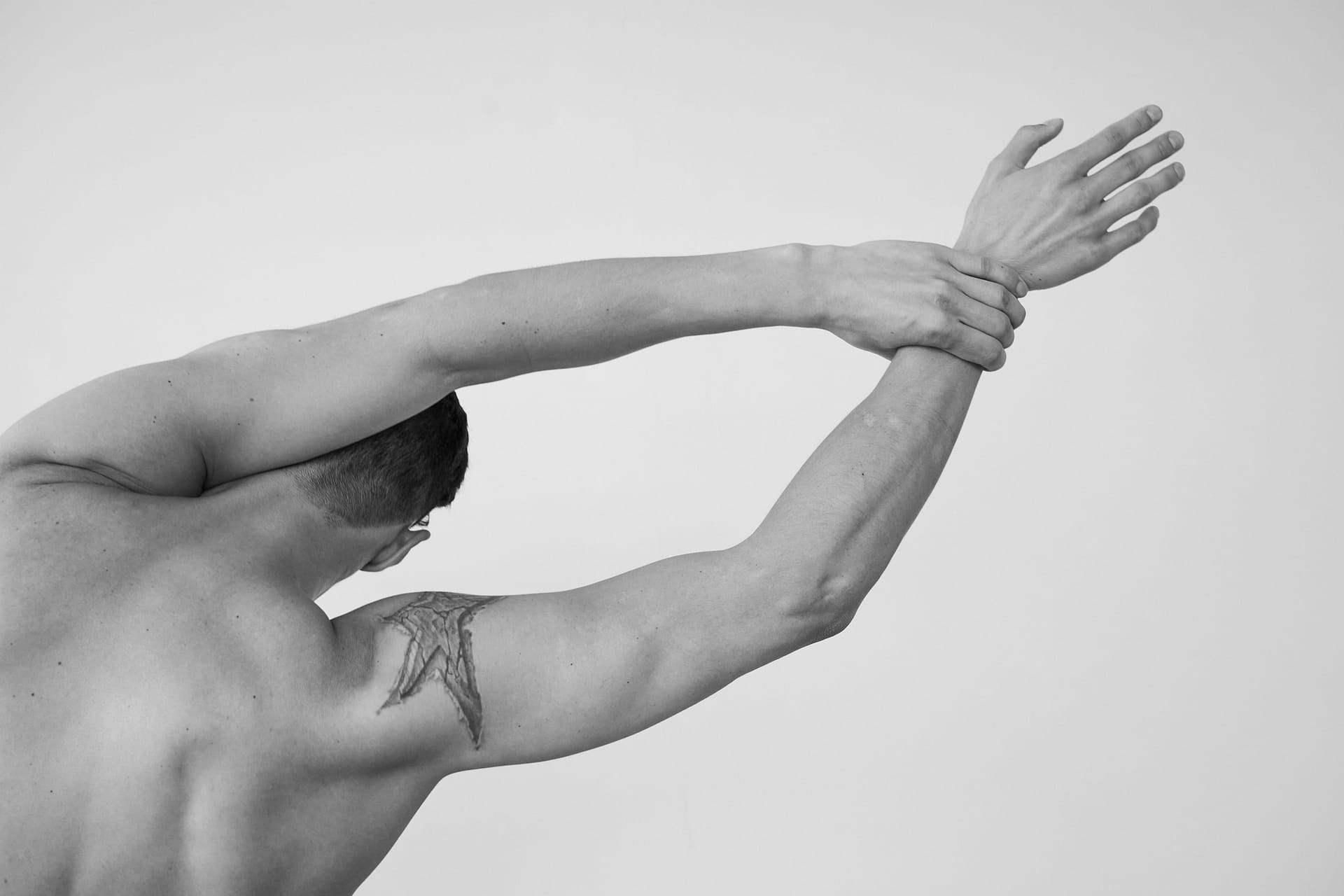Your doctor says you have osteoarthritis, now what?
So you have been told by your doctor that you have osteoarthritis. Now what? While it may seem like a scary diagnosis, physiotherapy is a really great tool to:
- Help reduce pain
- Improve range of motion
- Improve function.
What is Osteoarthritis?
Osteoarthritis (OA) is a degenerative joint disease in which the tissues in the joint break down and the bone begins to change. This can happen due to repetitive use of the joint, history of injury or surgeries to the joint, malpositioning, hyper-mobility, and aging. Muscle imbalances also can play a large role in this. Some common signs and symptoms of Osteoarthritis include:
- Pain
- Loss of flexibility
- Crepitus (a grinding sensation)
- Stiffness
X-rays are commonly used to diagnose Osteoarthritis.
Osteoarthritis versus Osteoporosis or Rheumatoid Arthritis
It is important to note that OA is different from both osteoporosis and rheumatoid arthritis. Osteoporosis occurs when the density and mass of the bone changes (decreases), making them more fragile. Rheumatoid arthritis, which is an autoimmune condition, is where the body targets healthy joints in the body.
Common areas impacted by Osteoarthritis
These are common areas affected by osteoarthritis that physiotherapy can help treat:
- Hands
- Feet
- Knees
- Hips
- Low back
- Neck
What to expect with Physiotherapy
While the underlying condition cannot be changed, a lot can be done to slow the progression and improve symptoms. Working at the level of the muscles is very effective. Acute management of OA may involve reducing pain by icing, bracing, elevation, and rest. As the pain subsides, gentle exercises are then introduced. Long term management of OA may involve exercises for life.
When it comes to picking the right exercise for you, we use specialized testing methods to find the muscle imbalances, not only around the painful joint, but also exploring the involvement of muscles surrounding other related joints. This way, we can find which muscles are overworking and which muscles are under working. Muscles that are over working are stretched or massaged. Muscles that are under working are strengthened. Physiotherapy caters specifically to your condition and needs.
Other ways in which physiotherapy can help include hands on work to the muscles, offering suggestions to improve postures, and recommending lifestyle changes.
Reducing the risk of Osteoarthritis
Another thing to consider is what we can do to reduce the risk of developing OA. Physiotherapy can also help with this, by working on muscle imbalances before symptoms begin. Another important aspect to risk reduction is variety in movement. By ensuring that you are participating in a variety of different activities that use very different muscle groups, you are making sure to avoid repetitive movements and postures.
A final note, while exercise is a very important treatment method for OA, overdoing the wrong exercise can make things worse. It is best to talk to your physiotherapist to ensure that you are doing the right type of exercise for your body.
If you are curious about osteoarthritis and physiotherapy book an assessment with Physiotherapist Veronica Rogovsky.


